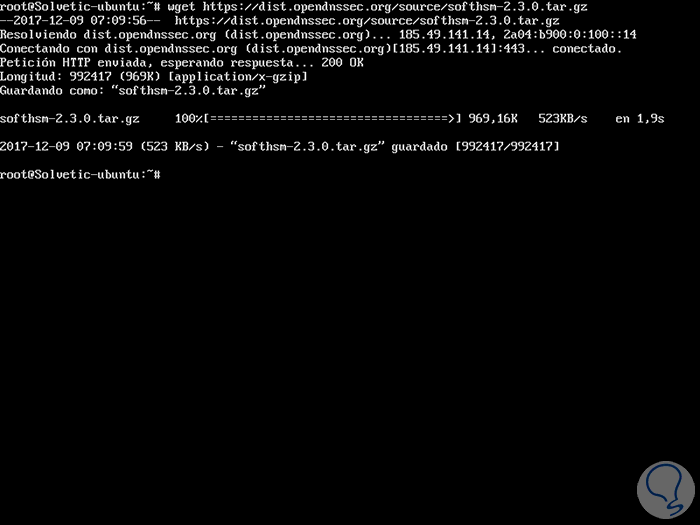

- #INSTALL OPENSSL UBUNTU HOW TO#
- #INSTALL OPENSSL UBUNTU INSTALL#
- #INSTALL OPENSSL UBUNTU UPDATE#
- #INSTALL OPENSSL UBUNTU CODE#
It should be: CFLAGS="-Wno-ignored-qualifiers" Then we need to add -Wno-ignored-qualifiers at the CFLAGS = “” to disable compiler from throwing qualifiers error.

Then add the following after –with-stream_ssl_preread_module: -with-http_v3_module -with-http_quic_module -with-stream_quic_module Then add the following lines that says and _debug, you can find it at line 41 and line 46.
#INSTALL OPENSSL UBUNTU CODE#
Make -j 8 Adding BoringSSL and HTTP/3 to NGINXĪfter that, we have to add important configuration for our NGINX quic, we can add inside the rules file at NGINX source code folder. Then, let’s compile BoringSSL with cmake and make. We can now pull a copy of boringssl from the official repo Github page.
#INSTALL OPENSSL UBUNTU INSTALL#
Currently, it is only the available OpenSSL that we can use, if we find one in the future, we will also add them on this guide.īut first, we have to install these dependencies to compile BoringSSL. Last thing we need to do is to add the BoringSSL as our module for our SSL, it is a forked from OpenSSL from Google that add a quic support. rsync -r nginx-quic/ nginx-1.19.6 Installing BoringSSL Let’s overwrite all content of our nginx-quic directory to the nginx source code folder. Then we will clone the latest NGINX repo from. But before that, we have to install mercurial as this is needed to compile the NGINX. Since we have now the NGINX source code, what we need to do now is to replace the code with NGINX quic. sudo apt-get build-dep nginxĪfter executing code above, it will create a folder named nginx_XXXXX. We can now then build dependencies for NGINX and pull the source code to our user’s directory.
#INSTALL OPENSSL UBUNTU UPDATE#
Next is we have to update so that we can get the NGINX repo. In case you get an error that says “Skipping acquire of configured file ‘nginx/binary-i386/Packages’ as repository ‘ bionic InRelease’ doesn’t support architecture ‘i386”, you just need to add to the deb line. If you’re using other version of Ubuntu, just replace bionic with the following: The example below is for Ubuntu 18.04.5 LTS. vim /etc/apt/sources.listĪt the bottom, add the following lines. sudo wget Īfter that, we have to edit the /etc/apt/sources/list and add the NGINX repositories. We need to create a key signature so we can download repo from NGINX packages.

Now, we have to install the dev tool for us to compile the NGINX source. Make sure your server is up to date with the latest patches. So first, login to your SSH server and make sure you’re at the User’s directory.
#INSTALL OPENSSL UBUNTU HOW TO#
In this guide, we will teach you how to create a deb package installer for your NGINX quic using the NGINX source code which has similar file structure. Looking for source code compiler that allows you to create a deb package for the NGINX quic is hard and you need to manually create it. The only problem with implementing the current status of http/3 into your server is, there are still many bugs like random 404 errors on some content of your website (jpeg, fonts, script files).

The latter is quite promising as it improves the http/2 more because it uses the UDP instead of TCP to load your webpages and assets. Currently, there are three protocol used in today’s web browser, the first one is the http/1, followed with http/2 and the upcoming protocol, the http/3.


 0 kommentar(er)
0 kommentar(er)
